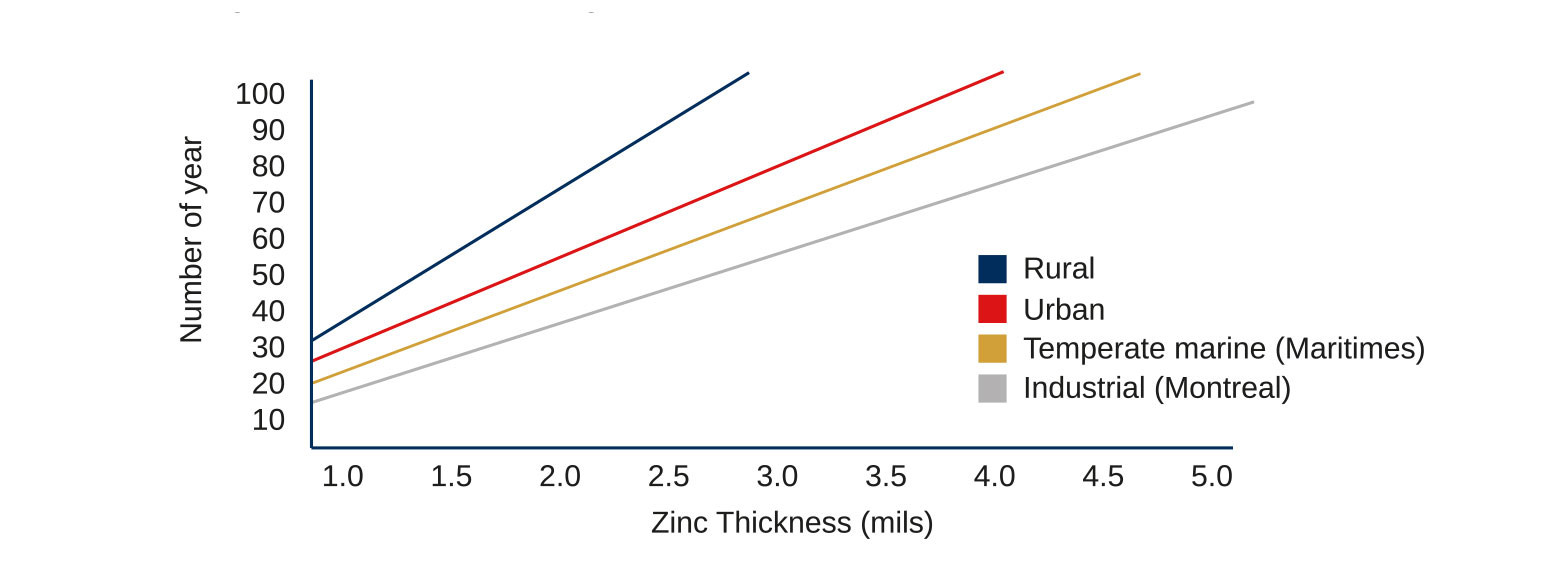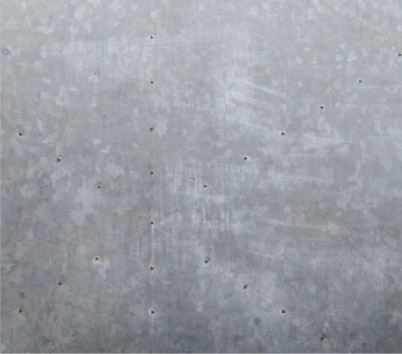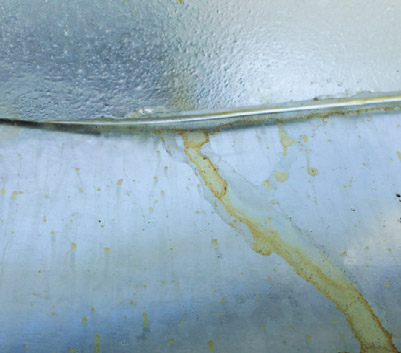What is hot dip galvanization?
Hot dip galvanization is a process of metallurgically bonding of zinc to steel that is conducted under controlled conditions in a factory setting. This simple process is characterized by its exceptional corrosion resistance, attributed to the molecular adhesion of the two metals, along with the cathodic protection.
DAMAGED PAINT COATING VERSUS GALVANIZISATION
The image above illustrate the contrast between painting and galvanizing when the coating is damaged. It is readily apparent that while rust quickly spreads below the paint, zinc covers the damaged area.

HIGH CORROSION RESISTANCE
LONGER LIFETIME
SUPERIOR WARRANTY
FAQ
Since galvanizing is more than just a coating, the thickness of the zinc alloyed to the steel affects service life Zinc thickness is a function of steel chemistry and its physical properties. For the small trailers, zinc thickness is 3 mils; for the big ones (dumper and +), it’s 4 mils.
Environmental factors and road contaminants also affect service life. Like any vehicle, regular washing, particularly during winter when deicing salt is used, will greatly extend the life of your trailer.

As zinc ages, it changes color. This passivation cycle extends over a period of approximately 18 months. The different types of steel can also have duller shades of gray in some cases. However, the anticorrosive properties are not affected. The thickness of the coating is the only determining factor.

After immersing the parts in the cooling bath, following the galvanizing process, yellowish spots may appear on the parts. They will disappear in no time. This reaction helps the zinc to properly initiate its passivation cycle.

The galvanizing process is conducted by immersing the entire trailer in pure molten zinc. The trailers are suspended, then immersed. When an asymmetrical and complexe piece is immersed, achieving a uniform coating texture is challenging. Hence, it is normal to observe mottled surfaces and/or small accumulations of zinc in enclosed areas.
Whitish powder deposits are in effect oxides of zinc. Zinc oxide is part of the passivation cycle. Zinc passivation goes through three phases:

This last layer will protect the zinc by forming a patina. Humidity, bad weather and certain contaminants such as de-icing salts can accelerate the aging process. It doesn't matter as long as the steel is well ventilated.
